The chemical distribution market in the US is characterized by a dynamic competitive landscape, driven by factors such as increasing demand for specialty chemicals, regulatory compliance, and the need for sustainable practices. Major players like Brenntag (US), Univar Solutions (US), and IMCD Group (US) are strategically positioned to leverage these growth drivers. Brenntag (US) focuses on innovation and digital transformation, enhancing its supply chain efficiency through advanced technologies. Univar Solutions (US) emphasizes regional expansion and strategic partnerships, aiming to broaden its market reach and service offerings. IMCD Group (US) is committed to sustainability, integrating eco-friendly practices into its operations, which collectively shapes a competitive environment that prioritizes adaptability and responsiveness to market needs.
Key business tactics within this market include localizing manufacturing and optimizing supply chains to enhance operational efficiency. The competitive structure appears moderately fragmented, with several key players exerting influence over various segments. This fragmentation allows for niche players to thrive while larger companies consolidate their market positions through strategic acquisitions and partnerships.
In November 2025, Brenntag (US) announced a strategic partnership with a leading technology firm to enhance its digital supply chain capabilities. This move is likely to streamline operations and improve customer engagement, positioning Brenntag (US) as a frontrunner in digital transformation within the sector. The partnership underscores the importance of technology in driving operational efficiencies and meeting customer demands in real-time.
In October 2025, Univar Solutions (US) completed the acquisition of a regional distributor, significantly expanding its footprint in the Midwest. This acquisition is strategically important as it not only increases market share but also enhances Univar's ability to offer localized services, thereby improving customer satisfaction and loyalty. Such strategic moves indicate a trend towards consolidation in the market, where scale and local presence become critical competitive advantages.
In September 2025, IMCD Group (US) launched a new line of sustainable chemical products aimed at reducing environmental impact. This initiative reflects a growing trend towards sustainability in the chemical distribution market, as companies increasingly recognize the importance of eco-friendly solutions. IMCD's proactive approach may set a benchmark for competitors, pushing the entire industry towards greener practices.
As of December 2025, current competitive trends are heavily influenced by digitalization, sustainability, and the integration of AI technologies. Strategic alliances are becoming increasingly vital, enabling companies to pool resources and expertise to navigate complex market demands. The competitive differentiation is likely to evolve from traditional price-based competition to a focus on innovation, technology adoption, and supply chain reliability, suggesting a transformative shift in how companies position themselves in the market.




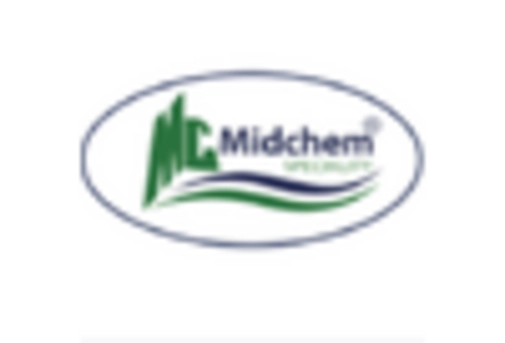


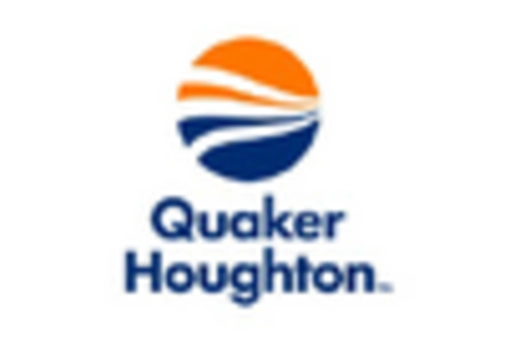
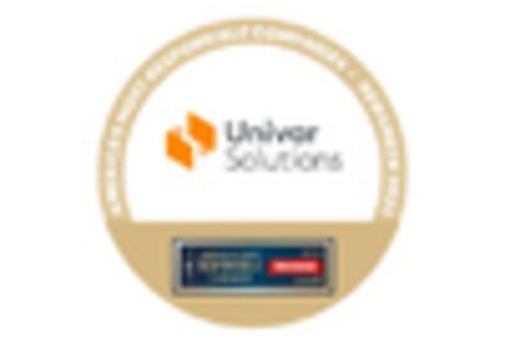
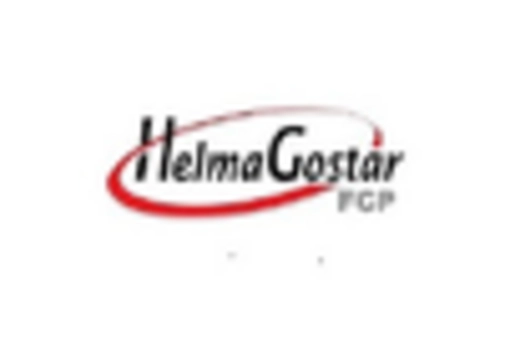
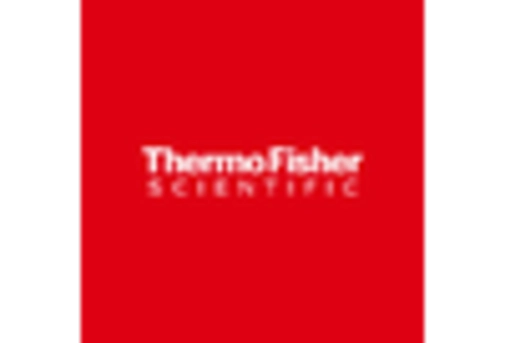
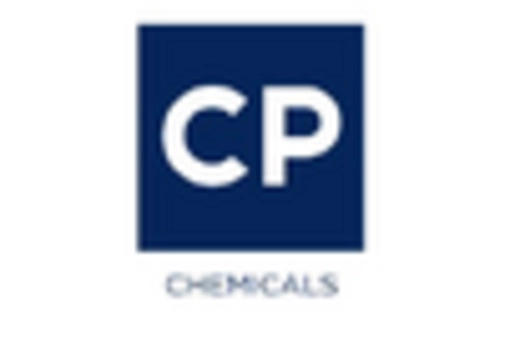
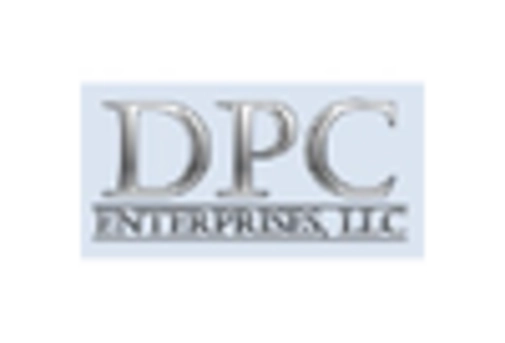








Leave a Comment